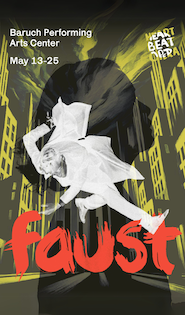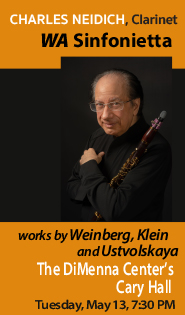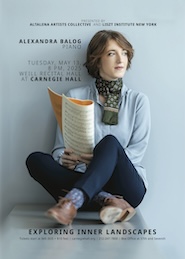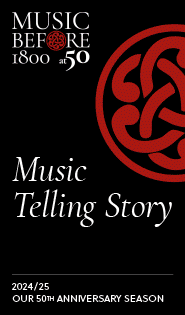Angel Blue’s captivating Violetta, Luisotti’s conducting spark Met’s “Traviata”
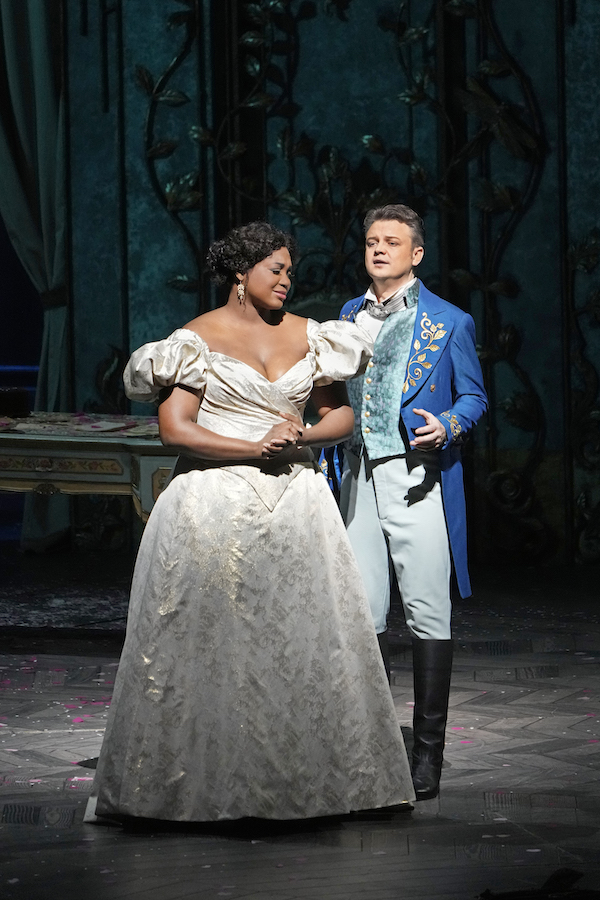
The Metropolitan Opera capped the first week of its spring season with Angel Blue’s company debut as Violetta in La traviata. From her ebullient entrance singing “Flora, amici”, to her final desperate cry of “Oh gioia!”, Blue was a captivating and high-spirited Violetta. Most importantly, Blue sang with the freedom and fullness of voice which Met audiences adore, and the hall itself embraces.
The role of Violetta is notorious for the demands it makes on a soprano: a brilliant coloratura voice in the opening act progressing to a lyrical one capable of spinning seamless legato lines. The singer is also required to deliver the drama in Violetta’s confrontations with her lover, his father, and ultimately death.
For a singer with an ample voice, the challenges generally lie in Violetta’s cabaletta “Sempre libera” which concludes Act I. With no diminishment of the grandeur of her soprano or its spaciousness, Blue tossed off its coloratura and trills with delicacy, as well as the ease and freedom which marked all of her singing. If she didn’t top the scene off with a high E-flat, well that was just as Verdi originally intended.
Dmytro Popov’s Alfredo was a pompous callous ass, but he sang with style and panache. There is a sinewy quality to his voice that paired perfectly with Blue’s soprano and made their duets as rich in vocal luster as they were in emotion. It was the radiance in his singing in his Act I duet with Violetta, “Un dì, felice, eterea” and the ardor that he brought to “De’ miei bollenti spiriti” in the next act, however, that made him a romantic hero.
Artur Ruciński is in many ways an atypical Germont. Smaller in stature than many, his Germont is also more human than most. When he recoils at Violetta’s request that he embrace her before he departs, it comes as a blow. Later when he enfolds her in his arms as a daughter, the prior scene is instantly recalled.
The baritone is also a master of legato and line. After a heartfelt rendition of “Pura siccome un angelo”, he partnered Blue in an equally moving “Ah! Dite alla giovine”. His cries of “piangi, piangi” were one of the emotional high points of the performance. In Germont’s great aria, “Di Provenza il ma”, Ruciński’s phrasing, especially in the final phrase, galvanized the depth of feeling that Germont had for his errant son.
Baritone Dwayne Croft, a longtime Met favorite, created the most menacing Baron Douphol in memory. One shuddered to think of Violetta in his embrace, but shared his revulsion at the mere sight of Popov’s Alfredo. Megan Marino was a bright and lively Flora, while Eve Gigliotti gave another of her finely detailed performances as Violetta’s maid Annina.
Nicola Luisotti was greeted with an enthusiastic wave of applause when he first appeared in the pit and received an even greater one when he appeared on stage for a bow. He led a performance that sparkled with energy and pulsated with passion. The Met Orchestra responded to his touch with playing that defined elegance, especially when producing the gossamer-like sounds that accompanied Violetta’s reading of the letter from Germont which precedes her farewell to life in the aria, “Addio, del passato bei sogni ridenti”.
Michael Mayer’s colorful, atmospheric concept for La traviata not only retains its interest after multiple viewings, but continues to reveal its complexities. Christine Jones’s ornate set and Susan Hilferty’s colorful costumes are attention grabbers, but Kevin Adam’s lighting design is what makes them pop.
Violetta’s outpouring of love for Alfredo in “Amami, Alfredo, amami quant’io t’amo” was all the more real with Blue enveloped in a coppery glow, which seemed to infuse her voice as well as the entire stage. The instantaneous scene change between in Act II is accomplished with a touch of the finger. Efficient scene changes are all too rare in opera, but Mayer and his team are masters of the technique.
La traviata continues through March 18. metopera.org
